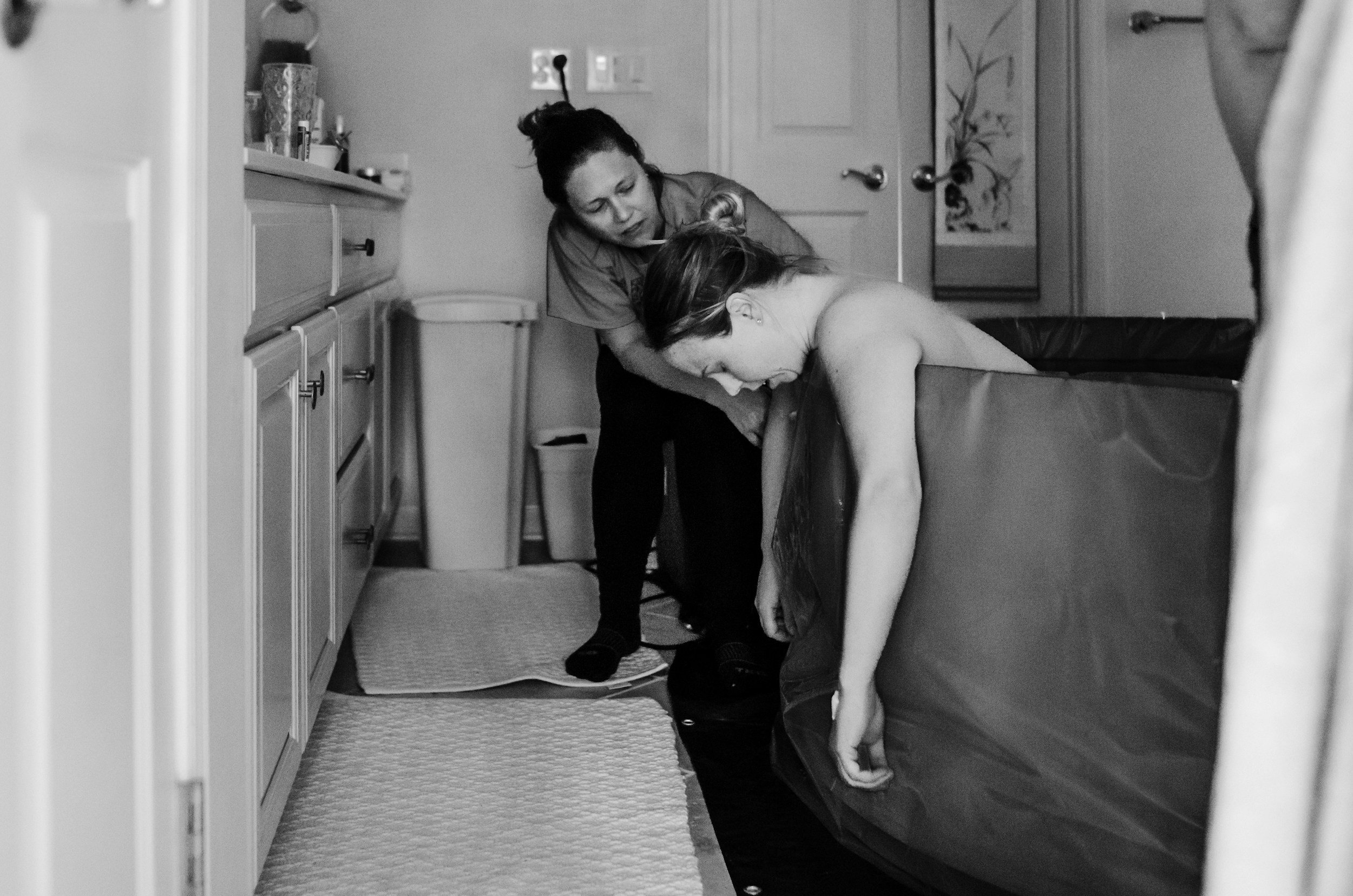
Homebirth Pathways
A gentle, informative guide to choosing and preparing for home birth—centered in autonomy, safety, and sacred trust in your body’s design.
Choosing home birth isn’t about being “brave”—it’s about being informed, supported, and connected to a model of care that centers your instincts. This space will guide you through the pathways of home birth: what to expect, how to prepare your environment, and how to weigh whether it’s the right fit for your pregnancy. Whether you're already planning a home birth or simply exploring your options, this guide offers grounded insights rooted in evidence and tradition